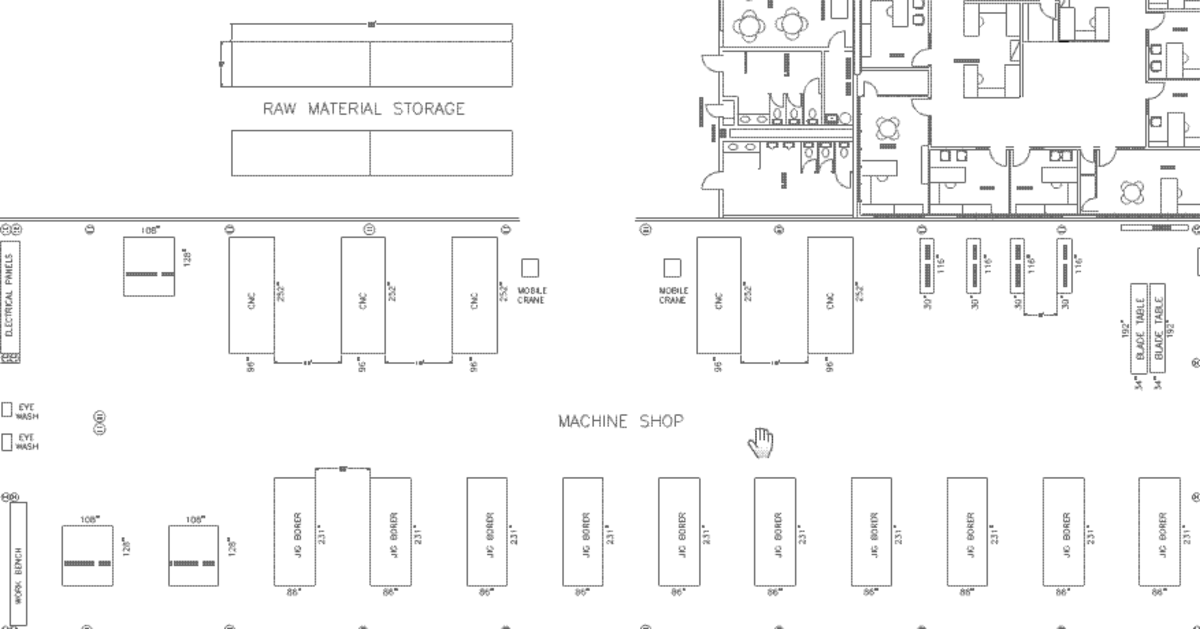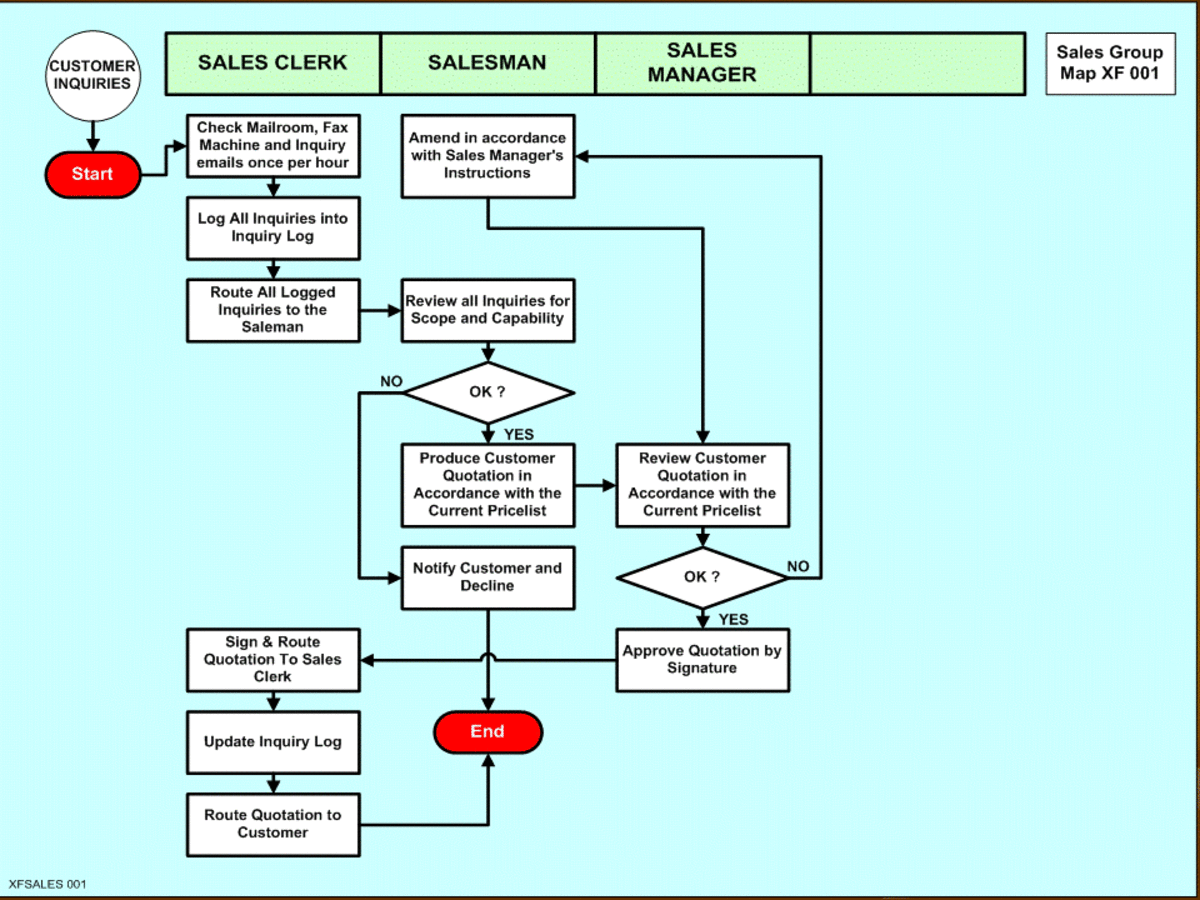Standards for Handicap Accessibility
Accessibility standards define how buildings are designed. While accessibility standards for buildings receive the most attention, other accessibility standards also address product, product dimensions, component functions and other technical details so that almost everyone can use them.
Accessibility standards arose from the desire to give access to the disabled to public venues and are driven today by the need to accommodate the aging population.
Accessibility is denoted by the universal wheelchair logo. However, accessibility includes efforts to make products usable or compatible with the visually impaired, hearing impaired, those who can walk but only with the use of canes or walkers and other physical limitations. This is why accessibility standards cover far more than wheelchair ramps.

ISO Standards for Accessibility
ISO 21542 describes how to build buildings that are generally accessible. ISO Guide 71 contains recommendations to help designers meet the accessibility needs of both the disabled and the elderly.
ISO 24503 is the standard for tactile dots and bars placed on consumer products. These tactile dots are used by the blind to identify products using Braille.
ISO TR 24714-1 gives guidance on making biometric technology fit the widest possible population. For example, a fingerprint scanner should accept fingerprints from both hands, because some people are missing an arm. Retina scanners should allow users to use either eye and accept scans of those with damaged retinas, whether blind or simply suffering from glaucoma.
ISO 24500 describes the auditory signals to be used in consumer products. ISO 24501 outlines the acceptable sound pressure the auditory signals should generate. ISO 24502 gives the luminance or brightness contrasts that must be used to ensure that those with limited vision can see and properly interpret colored lights.
ISO 1156 gives the general requirements of accessible packaging. This standard is separate from standards for child-resistant packaging.
Accessibility is increasingly important in a world driven by the internet and electronic devices. ISO standard 29138 gives the recommended practices for IT accessibility considerations. ISO 29138 part 1 is a user needs summary. ISO 29138 part 2 gives a standards inventory. ISO 29138 part 3 gives guidance on mapping user needs.ISO 29138 is also IEC standard 29138.
ISO 9241-20 gives the accessibility guidelines for ICT; ICT is short for information and communication technology. ISO 10779 gives the guidelines to ensure the accessibility of office equipment to those with disability or are simple aged. ISO/IEC 24751 the standard for e-learning applications, including its accessibility by the disabled.
ASTM Standards for Accessibility
Appendix X2 of ASTM standard E2018 covers the steps to determine the current accessibility of a property during the baseline property condition assessment.
ASTM F2223 is the ANSI approved standard for playground surfacing. The playground surface must be assessed for its accessibility, such as the ability of children with limited mobility to use it and how well it absorbs impact.
ASTM F1487 sets standards to minimize the risk of injury to all children. It requires playground surfaces to permit children using walkers or wheelchairs to be able to travel across the surface. It does not mandate features like swings that can be used by those who cannot use their legs. Accessibility requirements for playground equipment are part of U.S. federal regulations such as the Department of Justice's Standard for Accessible Design.
European Standards for Accessibility
The French standards organization AFNOR has issued several standards for accessibility. AFNOR NF X50-783 gives recommendations for designing disability friendly establishments. AFNOR BP P96-101 lists the recommended practices for evacuating disabled people.
AFNOR FD P82-617 lists the safety rules for constructing and installing handicap accessible lifts. AENOR UNE-CEN/TS 81-82 EX gives the general rules for modifying existing lifts for handicap accessibility.
AENOR UNE 41500 is the Spanish standard for universal design, building buildings that are considered accessible to everyone. AENOR UNE 170001-2 is the standard for the universal accessibility management system.
U.S. Government Standards for Accessibility
36 CFR PART 1193 outlines the accessibility guidelines set by the Telecommunications Act. The latest version of this standard was published in 2012. 36 CFR PART 1194 gives the United States federal government's IT accessibility standards.
36 CFR PART 1192 gives the specifications to ensure the accessibility of transportation vehicles per the Americans with Disabilities Act or ADA. 36 CFR PART 1191 is the architectural barriers act or ABA. These guidelines describe the architectural requirements of buildings to be handicapped accessible, such as the width of hallways or the installation of ramps.
49 CFR PART 38 gives the specifications for accessibility.
24 CFR PART 41 lists the methods used to enforce accessibility standards.
24 CFR PART 40 gives the accessibility standards for building and altering publicly owned residential structures such as public housing.
FED H-08-4 VOL 1 45A defines the formal symbol used to denote accessibility for the handicapped. This standard describes the proper size, shape and color of the human figure outline sitting in a wheelchair.
Note that state and federal laws regarding accessibility are always changing, and this list is not all-inclusive.








